We’ve finally put together a short video of drummers trying Aerodrums at our NAMM booth. Apologies for the sound quality, we didn’t record anyone’s performance from within the program. There was no time for this: people just sat and played for the first time. Plus we were true to our “quietest kit at NAMM” slogan: we had the tiniest sound system there…
We’re sorry we don’t know everyone’s name, but here are the names we know in order of appearance: Pitti Hecht, Liberty DeVitto, Brad Davis, Cobus Potgieter, Jeremy Davis, Tony Snow, Victor Salazar, Casey Cooper and DJ Ravidrums. Thank you all for dropping by, it means a lot to us.
For people who would like to purchase Aerodrums but have a computer below the initial requirements, we have released a patch to enable drumming on computers with slower graphics cards. This patch means you do not need a “dedicated graphics card” anymore. Please refer to the manual’s foreword for instructions on how to get patches and updates. We are now working on Mac and MIDI support and will announce availability dates soon.
Finally, Richard has posted another cover using Aerodrums and some footage from a jam he had when he met up with his guitar-playing brother after NAMM.



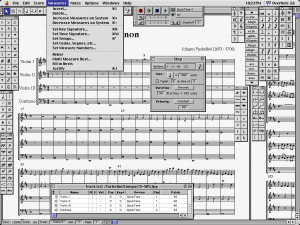
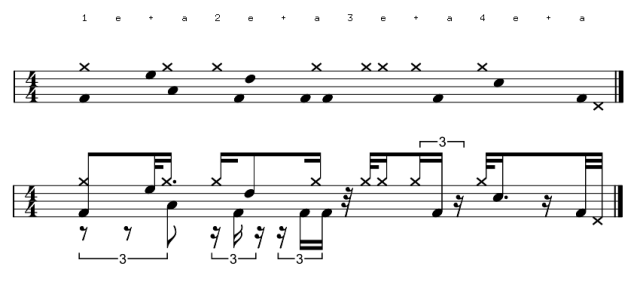
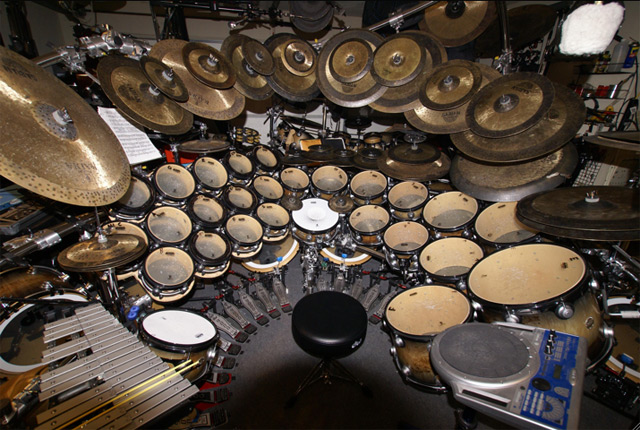
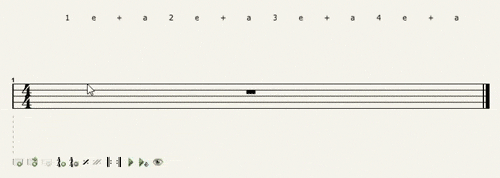












Continue with Facebook
Continue with Google
To get Aered